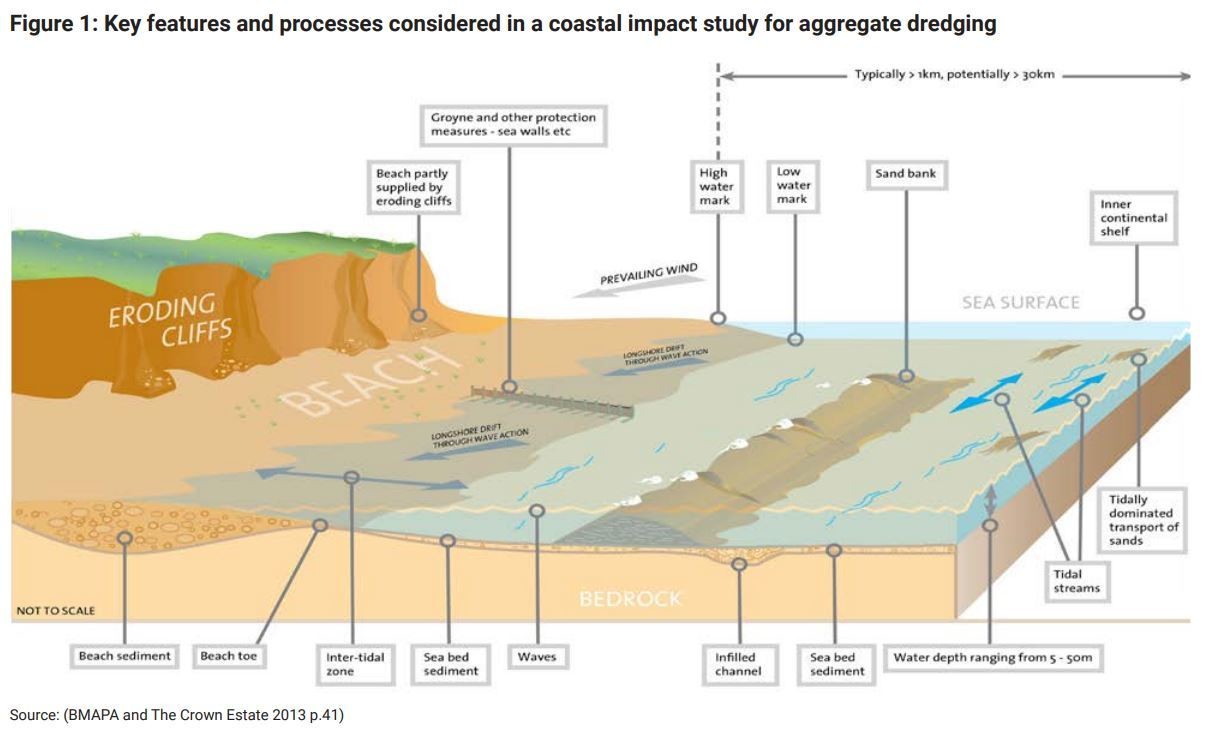· This article was first published in April 2019 and updated in June 2022.
· Demand for sand mining has tripled in the past two decades, reaching 50 billion tonnes a year in 2019.
· The UNEP says urgent action is needed to avoid a 'sand crisis' in its Sand and Sustainability report.
· It outlines 10 recommendations to balance the demands of the construction industry and the need to protect the environment.
Cities are, quite literally, built on sand. As global urbanization continues apace, the demand for concrete, glass and construction materials that use sand increases.
By 2100, it’s projected that up to 85% of the world’s population will be living in cities.
But to house those people, industrial sand mining or aggregate extraction – where sand and gravel are removed from river beds, lakes, the oceans and beaches for use in construction – is happening at a rate faster than the materials can be renewed, which is having a huge impact on the environment.

The environmental impacts of sand mining. Image: UNEP
How much sand is being mined?Sand 'resources' (including gravel and crushed stone) are the second most exploited natural resource in the world after water.
Sand mining has tripled in the past two decades, with demand reaching 50 billion tonnes a year in 2019, according to the latest report from the UN Environment Programme (UNEP).
In 2012 alone, the UNEP estimates enough concrete was created to build a wall around the equator measuring 27 metres high by 27 metres wide.
But extraction, sourcing, use and management of sand is unregulated in many parts of the world, says the UNEP, which means we are consuming it faster than it can be replaced by geological processes.
Urgent action is needed to avert a "sand crisis", including a ban on beach extraction, the Sand and Sustainability report said.
The environmental impact of sand mining

Coastal features that could be affected by sand and gravel mining. Image: UNEP
Sand minimg from rivers and marine ecosystems, leads to "significant environmental impacts, including coastal and river erosion, shrinking deltas, land-use changes, air pollution, salinization of coastal aquifers and groundwater reserves, threats to freshwater and marine fisheries and biodiversity," says the UNEP.
In 2018, the World Wildlife Fund (WWF) warned that sand mining of river deltas, such as the Yangtze and Mekong, is increasing the risk of climate-related disasters, because there’s not enough sediment to protect against flooding.
“Keeping sand in the rivers is the best adaptation to climate change,” the WWF’s Marc Goichot told the Thomson Reuters Foundation. “If a river delta receives enough sediment, it builds itself above sea level in a natural reaction.”
In 2020, the last coastal sand mine in the US closed in Monterey Bay, following protests from environmentalists over the erosion of California’s beaches.
What can be done to avoid a sand crisis?While pressure on governments to regulate sand mining is increasing, more needs to be done to find alternatives for use in construction and for solving the world’s continuing housing crises.
The UNEP report outlines 10 recommendations for averting a sand crisis, which would balance the demands of the construction industry and the protection of the environment:
How the UNEP says we can avoid a sand crisis. Image: UNEP
In its 2014 report, Sand, Rarer Than One Thinks, the UNEP Global Environment Alert Service suggested optimizing the use of existing buildings and infrastructure, as well as using recycled concrete rubble and quarry dust instead of sand.
Breaking the reliance on concrete as the go-to material for building houses, by increasing the tax on aggregate extraction, training architects and engineers, and looking to alternative materials such as wood and straw, would also reduce our demand for sand mining.
(Source: FUTURE OF THE ENVIRONMENT, https://www.weforum.org/ )